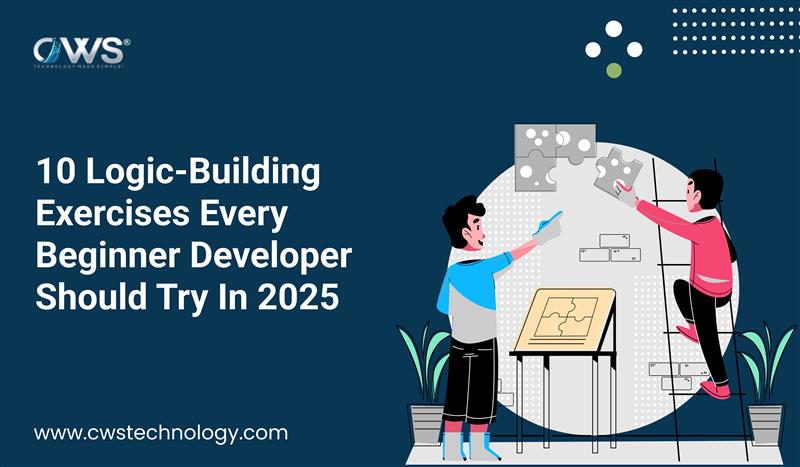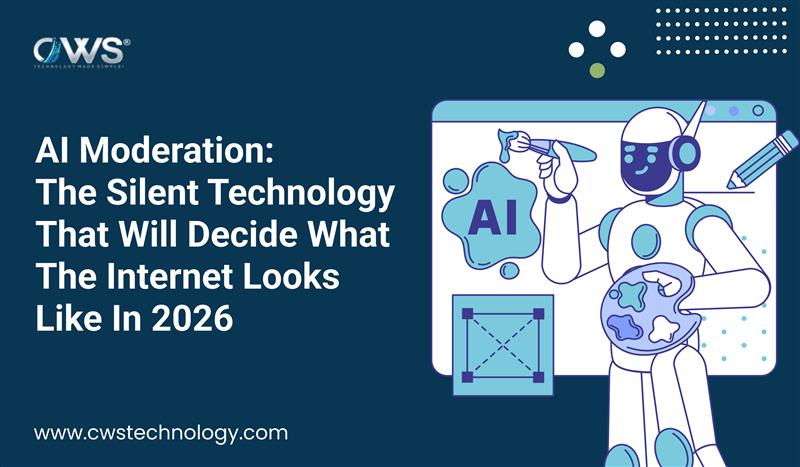Artificial Intelligence (AI) is increasingly integrating into our everyday lives. From virtual assistants to autonomous vehicles, AI is present in many aspects of our world. If you are using a chatbot or thinking about using one, it is important to understand some basic AI terminology. Knowing these terms will help you better understand how AI works and how it can be used in various applications. In this guide, we will explore some key terms that every chatbot user should know.
What Is a Chatbot Glossary?
A collection of important terms and phrases that are commonly used in the world of chatbots and AI is known as Chatbot Glossary. This glossary is like a dictionary for AI, designed to help you understand the language of technology. When you are familiar with these terms, you can have better conversations with chatbots and make the most of the AI tools available to you.

Why Understanding AI Terms Is Important?
Understanding AI can seem difficult at first because it involves many complex concepts. However, by Artificial Intelligence Basics, you can start to grasp how these technologies work. This knowledge is useful whether you are chatting with a virtual assistant, using a smart home device, or exploring new AI-powered applications. Knowing these terms can help you make informed decisions and use these tools more effectively.
The world of artificial intelligence (AI) and chatbots can be overwhelming, especially with the many technical terms and jargon often used. To help you get started, here’s a glossary of essential AI terminology that every chatbot user should master:
1. Artificial Intelligence (AI)
AI refers to the simulation of human intelligence in machines that are programmed to think and learn like humans. It involves various technologies that enable computers to perform tasks that would typically require human intelligence, such as recognizing speech, making decisions, or understanding natural language.
2. Natural Language Processing (NLP)
Natural Language Processing (NLP) is a field of artificial intelligence that deals with the interaction between computers and human language. It involves enabling machines to comprehend, interpret, and produce human language in a way that is meaningful and beneficial.
3. Deep Learning
Deep learning, a branch of machine learning, utilizes neural networks with multiple layers to examine different aspects of data. It’s particularly useful for recognizing patterns, making it a powerful tool for tasks such as image and speech recognition.
4. Machine Learning (ML)
One of the most important aspects of AI is machine learning (ML) Which involves the development of algorithms that allow computers to learn from and make predictions or decisions based on data. ML is a type of AI that allows computers to learn from data and improve their performance over time without being explicitly programmed.
A few basic machine-learning terms that are good to know like Algorithm, Mode, Training Data, and Neural Networks.
5. Neural Network
A neural network, modelled after the human brain, consists of a series of algorithms aimed at identifying patterns. It processes sensory information using machine perception to categorize and group data, serving as the basis for deep learning techniques.
6. Algorithm
In the context of AI, an algorithm is a set of rules or instructions given to a machine to help it learn how to complete a task. These algorithms can vary from straightforward linear regressions to advanced neural networks.
7. Training Data
Training data is the set of data used to teach a machine learning model how to perform its tasks. It consists of input-output pairs that the model learns from to understand how to make predictions or perform tasks on new data.
8. Model
A model is a representation of what a machine learning algorithm has learned from the training data. It’s essentially the formula or rules that the AI uses to make predictions or decisions based on new data.
9. Supervised Learning
A type of machine learning where the model is trained on labeled data, meaning that the input comes with the correct output. The model learns to make predictions or decisions by comparing its output with the correct output and adjusting accordingly.
10. Unsupervised Learning
Unlike supervised learning, unsupervised learning involves training a model on data without labelled responses. The model tries to learn the patterns and the structure of the data on its own.
11. Reinforcement Learning
A type of machine learning where an agent learns to interact with an environment by taking actions and receiving responses.The goal is to maximize the cumulative reward the agent receives over time.
12. Chatbot
A chatbot is a software application that uses AI to simulate a conversation with human users. It can perform tasks, answer questions, or provide information based on the user’s input.
13. Conversational AI
This refers to technologies, like chatbots and virtual assistants, that can communicate with users in natural language. It combines natural language processing (NLP), machine learning, and other AI technologies to allow machines to understand and respond to human language.
14. Intent
In the context of chatbots, an intent represents the purpose or goal of a user’s input. For example, if a user types “What’s the weather like today?” the intent could be identified as “get_weather.”
15. Entity
Entities are specific pieces of information in a user’s input that the chatbot needs to understand the intent. For example, in the sentence “Book a flight to New York,” “New York” is an entity that specifies the destination.
16. API (Application Programming Interface)
An API is a collection of guidelines that enables various software systems to interact with one another. In the context of chatbots, APIs are often used to connect the chatbot with other services or databases to retrieve or store data.
17. Training
Training is the process of teaching a machine learning model to perform a specific task by feeding it data and allowing it to learn the patterns and relationships within that data.
18. Bias
Bias in AI occurs when the data used to train a model reflects certain prejudices or imbalances. This can lead to inaccurate or unfair outcomes in the model’s predictions or decisions.
19. Overfitting
Overfitting happens when a machine learning model learns too well from the training data, capturing noise instead of the actual patterns. This usually results in a model that performs well on the training data but poorly on new, unseen data.
20. Underfitting
Underfitting happens when a machine learning model is overly simplistic, failing to capture the underlying patterns in the data. This usually results in poor performance on both the training and new data.
Wrapping-up
Understanding these key AI terms can significantly enhance your interaction with chatbots and AI technologies. By mastering this glossary, you’ll be better equipped to navigate the world of AI and make informed decisions about using these technologies in your everyday life.
Read More-: Top 10 Best Software Development Company in India








